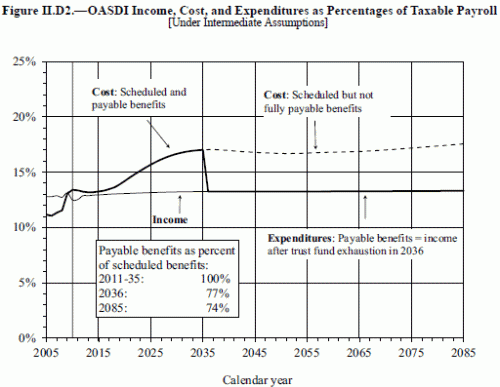TIE has been attempting to identify and disseminate key data sources that are broadly relevant to health policy and economics in our daily On The Record posts, which go up each day at 4:30pm (the past three weeks). We are doing this both to aggregate sources for the bloggers here at TIE, as well as to make them available to our readers. We are not vouching for the conclusions or the analysis contained in the sources we post in On The Record, and we are not linking to opinion pieces, or news stories in On The Record. At this point, I (Don Taylor) am handling the identification of sources and making the decision to send them out via TIE’s twitter feed: @IncidentalEcon. If you follow @IncidentalEcon you will get between 5-15 tweets daily of governmental reports (GAO, CBO, NIH, etc.) as well as information from think tanks and the like, in addition to the regular posts of the blog which are automatically tweeted. The hashtag #TIEnews signifies sources, while #TIEpost signifies the tweet has a link to a full post here on the blog. I plan to select the 5 or so most consequential sources tweeted during the day for the On The Record post that will be up at 4:30pm Monday-Friday.
Each Monday going forward, I plan to highlight one figure from an On The Record post from the previous week that I found to be particularly important or consequential. The first such figure comes from the 2011 Social Security Trustees’ Annual Report, figure II.D.2 (p. 10) of the report:
It shows the default Social Security fix under current law, which is a 23% benefit cut in 2036. Aggregate Social Security benefits are now larger than taxes flowing in, but full benefits can be paid from now until 2036 because for most of the past 25 years more in Social Security taxes came in than was paid out and this surplus was used by the federal government to help pay for budget deficits. Now Social Security is claiming back those ‘loaned’ monies, but once this money has all been redeemed to pay benefits (this is what exhaustion of the trust fund means), then benefits must equal taxes flowing in during a given year. That is now projected to occur in 2036. The projected level of benefits that can be paid in 2036 is 77% of the benefits now promised to seniors. So, when thinking about Social Security reform options, keep in mind that we already have a default fix under current law, as outlined in the figure above. You may think, ‘I have seen that figure before’. You haven’t seen this exact one, because the year of projected trust fund exhaustion (and the large benefit decline) changes year to year depending upon the economy, but the basic message has not only been the same for many years, but is inevitable given the demographic changes of U.S. society if no changes are made. We are just one year closer to the default fix.


